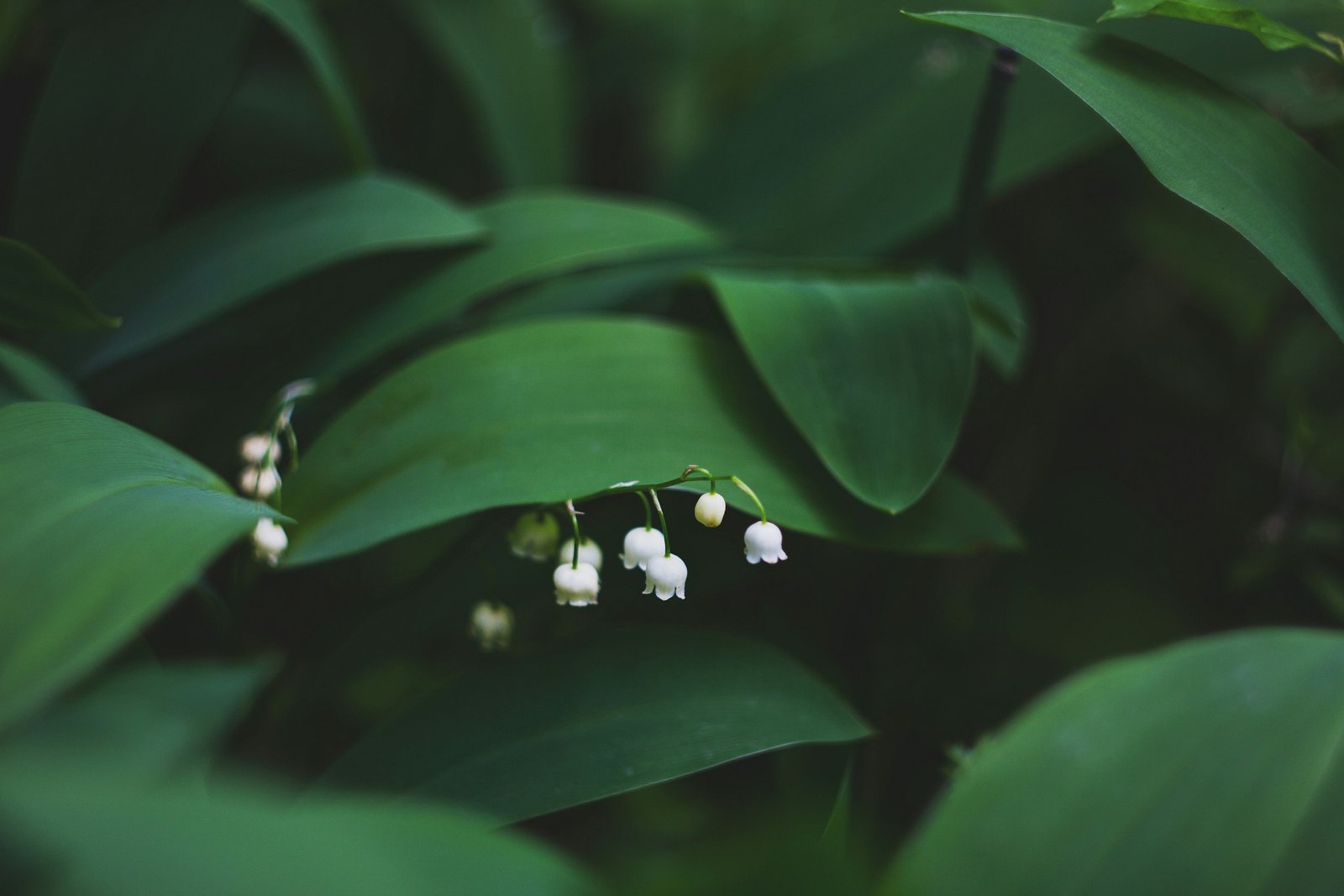The Prayer Plant, known for its stunning foliage and unique leaf movements, has captured the hearts of plant enthusiasts around the world. With intricate patterns resembling brushstrokes in lush greens, purples, and reds, this tropical beauty adds a touch of elegance to any indoor space. But it’s not just about looks; the Prayer Plant offers an array of benefits that go beyond aesthetics. From improving air quality to fostering a calming atmosphere, it’s no wonder this vibrant houseplant is on many wish lists.
Caring for a Prayer Plant may seem daunting at first due to its specific needs. However, with the right knowledge and tips up your sleeve, you can create an ideal home for this fascinating species. Let’s explore how to keep your Prayer Plant thriving in warm and humid conditions while showcasing its beautiful nature!
Characteristics and Benefits of the Prayer Plant
The Prayer Plant, known scientifically as Maranta leuconeura, is a stunning addition to any indoor garden. Its vibrant foliage features striking patterns of deep green and bright red veins, making it visually captivating.
One standout characteristic is its unique movement. The leaves fold up at night, resembling hands in prayer—a fascinating display that adds life to your space.
Beyond aesthetics, the Prayer Plant also offers air-purifying benefits. It helps filter indoor pollutants, contributing to a healthier living environment.
This plant thrives in low light conditions while enjoying high humidity levels. It’s an ideal choice for bathrooms or kitchens where moisture is abundant.
Additionally, the Prayer Plant is pet-friendly! For those who share their homes with furry companions, it poses no threat if nibbled on. This versatility makes it perfect for various settings—from cozy apartments to bustling offices.
Ideal Growing Conditions for the Prayer Plant
The Prayer Plant thrives in warm, humid conditions. It flourishes best at temperatures between 65°F and 80°F. A consistent environment prevents stress and promotes healthy growth.
Humidity plays a crucial role in its care. Aim for humidity levels around 50% or higher. This can be achieved with regular misting or by placing a humidifier nearby.
Light requirements are also essential to consider. The Prayer Plant prefers bright, indirect sunlight. Too much direct light can scorch the leaves, while too little can hinder its vibrant colors.
Ensure good air circulation around the plant to prevent mold or mildew issues. Placing it near other plants can create a microclimate that enhances humidity levels naturally.
Avoid cold drafts and sudden temperature changes, as they may cause leaf drop or stunted growth. Your Prayer Plant will thank you for providing these ideal growing conditions!
Choosing the Right Pot and Soil for Your Prayer Plant
When selecting a pot for your Prayer Plant, choose one with drainage holes. This prevents waterlogging and root rot, ensuring the plant thrives.
Terracotta pots are ideal as they allow breathability. However, plastic options can retain moisture better in dry environments.
The soil is equally crucial. A well-draining mix works wonders for your Prayer Plant. Consider a blend of potting soil combined with perlite or orchid bark to enhance aeration and drainage.
A slightly acidic to neutral pH level is best for these plants. Check labels when purchasing pre-mixed soils to ensure compatibility with their needs.
Regularly inspect both the pot and its contents. As roots grow, repotting may become necessary to provide ample space for expansion and prevent overcrowding in the future.
Watering and Fertilizing Tips for Optimal Growth
Watering your Prayer Plant requires a balance. Too much water can lead to root rot, while too little can cause the leaves to droop. Aim for consistently moist soil, but allow the top inch to dry out between watering sessions.
Using distilled or rainwater is ideal since it avoids chemicals commonly found in tap water that could harm your plant.
When it comes to fertilizing, choose a balanced liquid fertilizer diluted by half during the growing season—spring and summer. Apply every month for healthy growth and vibrant foliage.
As fall approaches, reduce feeding as the plant’s growth slows down. Adjusting your care routine with seasonal changes will help keep this beautiful plant thriving year-round.
Common Pests and Diseases to Watch Out For
The Prayer Plant is a resilient beauty, but it can fall victim to certain pests. Keep an eye out for spider mites. These tiny creatures thrive in dry conditions and can cause leaves to become speckled or discolored.
Mealybugs are another common nuisance. They resemble small cottony clumps on the plant, sucking sap from stems and leaves. If you notice white patches forming, act quickly.
Fungal diseases may also pose a threat. Powdery mildew often appears as white spots on foliage, especially in humid environments with poor airflow.
To combat these issues, maintain proper humidity levels and avoid overcrowding your plants. Regularly inspect your Prayer Plant for any signs of trouble so you can intervene early before infestations worsen.
Propagation and Repotting Guide for Expanding Your Collection
Propagation of the Prayer Plant is both rewarding and simple. The most common method is through division. When repotting, gently separate the root clumps into sections with a few leaves each.
Alternatively, you can take stem cuttings just below a node. Place them in water or moist soil until roots develop.
Timing matters; spring is ideal for this process as the plant is actively growing. Your new plants will thrive in warm, humid environments like their parent.
When repotting, choose pots that are slightly larger than the current one to avoid overwhelming your plant. Ensure good drainage by using pots with holes and adding a layer of stones at the bottom if necessary.
Use fresh potting mix rich in organic matter to provide nutrients while maintaining moisture levels. This combination keeps your Prayer Plants healthy and ready to flourish in their new homes!
Creative Ways to Display Your Prayer Plant at Home or in the Office
Displaying your Prayer Plant can enhance any space while showcasing its stunning foliage. Consider hanging it in a macrame planter near a bright window. The cascading leaves create an eye-catching effect that draws the eye upward.
If you prefer table arrangements, opt for a stylish pot and place it on a side table or desk. A decorative tray beneath the pot can add extra flair, making it easy to catch water spills.
For those with limited floor space, wall-mounted planters are perfect. They allow your Prayer Plant to thrive vertically while adding dimension to walls.
Grouping multiple plants together can also make a striking display. Mix different varieties of Prayer Plants for contrast in colors and patterns, creating an indoor jungle vibe that feels lush and inviting.
Consider using plant stands at varying heights to create visual interest across your space without overcrowding surfaces.
Conclusion
The Prayer Plant is a stunning addition to any indoor space, celebrated for its unique foliage and natural beauty. With the right care, these plants can thrive in warm, humid conditions that mimic their native tropical environments.
Understanding the characteristics and benefits of the Prayer Plant enhances its appeal. Known scientifically as Maranta leuconeura, this plant boasts striking leaf patterns that can elevate your home decor effortlessly. As it grows, you’ll appreciate not only how it purifies the air but also how it brings a touch of nature indoors.
To keep your Prayer Plant healthy, it’s essential to provide ideal growing conditions. These plants flourish in bright but indirect light and prefer temperatures between 65°F and 80°F (18°C – 27°C). High humidity levels are crucial; consider using a pebble tray or humidifier if needed.
Choosing the right potting mix is equally important. Opt for well-draining soil enriched with organic matter. A pot with drainage holes will prevent waterlogging while allowing roots to breathe.
Watering requires attention to detail—let the top inch of soil dry out before watering again. During spring and summer months, fertilize monthly with a balanced fertilizer diluted to half strength for optimal growth.
Like all plants, Prayer Plants can face challenges from pests like spider mites or mealybugs. Regularly inspect leaves for signs of infestation and treat promptly using insecticidal soap or neem oil as necessary.
Propagation lets you expand your collection easily through division or stem cuttings placed in water until ready to transplant into soil. Repotting every couple of years ensures continued health by refreshing nutrients in their environment.
Displaying your Prayer Plant creatively adds charm anywhere—from hanging planters near windowsills to grouped arrangements on shelves alongside other houseplants—there’s no shortage of ways to show off this beautiful botanical treasure!
Caring for a Prayer Plant involves understanding its needs thoroughly while enjoying each stage of growth—a rewarding experience worth pursuing!

